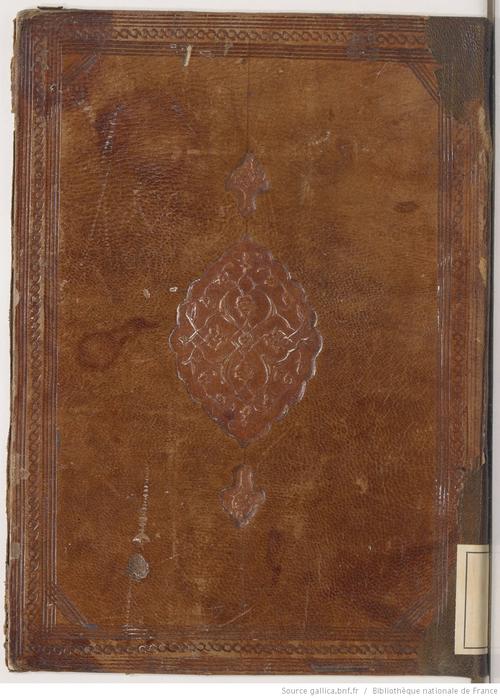How To Use A Book
Prof. Dr. Beatrice Gründler
As in the book’s other sections, Ibn al-Muqaffaʿs preface differs considerably across the surviving manuscripts. Nonetheless, its three major themes remain the same: first, the book’s fables need to be understood and their inner meaning extracted. Second, one needs to read them carefully, taking time to reflect upon them, and not rushing through the book (here Ibn al-Muqaffaʿ makes allowances for younger readers, who first enjoy the animal stories and realize only upon growing up the valuable lessons they have learnt). Finally, knowledge needs to be applied in real life, otherwise, it is futile and not worth the trouble to acquire it. Knowledge and action are like “a tree and its fruit.”
The manuscripts, however, differ in the weight and focus they give to these core themes. Either of the two continua of manuscripts so far identified foregrounds one concern. “Continuum” stands for a group of manuscripts that share many passages with similar formulations but which alternate with rewritten parts, ranging from single words to entire paragraphs. In the Paris continuum, it is the genre of the fable that receives the most detailed explanation, notably the method of how to decode its meaning by analogy. Technical terms, such as “premise” (muqaddima) and “conclusion” (natīja), are employed. Prefaces of this continuum end with the enumeration of the book’s four goals: first, to appeal to children, second to please rulers and thereby increase the book’s circulation, third, to provide a source of income for copyists and illustrators, and fourth to serve philosophers (who understand its deeper meaning without explanation).
Conversely, the London continuum, which differs in structure and lacks a number of added substories, focuses instead on the process of reading, particularly on its mental aspects. The reader should reflect (rawiyya) and be critical, for instance by verifying any received information and learn from other people’s experience. The prefaces of the London continuum end with enjoining the reader to head the precepts given there and to keep the book’s intellectual purpose in mind.
One substory, shared by all manuscripts, contrasts conscientious reading with mindless rote learning. A man wishing to shine in society with his knowledge provides himself with a written summary of Arabic grammar and memorizes it, only to misspeak in public. Upon being corrected, he insists that he holds the “yellow sheet,” in which all grammar is recorded, and through this argument further exposes his ignorance and inability to handle written text properly. The tale is as an implicit comment upon the contemporary practice of memorizing and reproducing texts orally, which was prevailing the socio-historical context in which this Arabic version was produced. As such, Kalīla and Dimna, in a self-reflective way, throws light upon the media history of the eighth century and plays at the same time a leading role in it.


